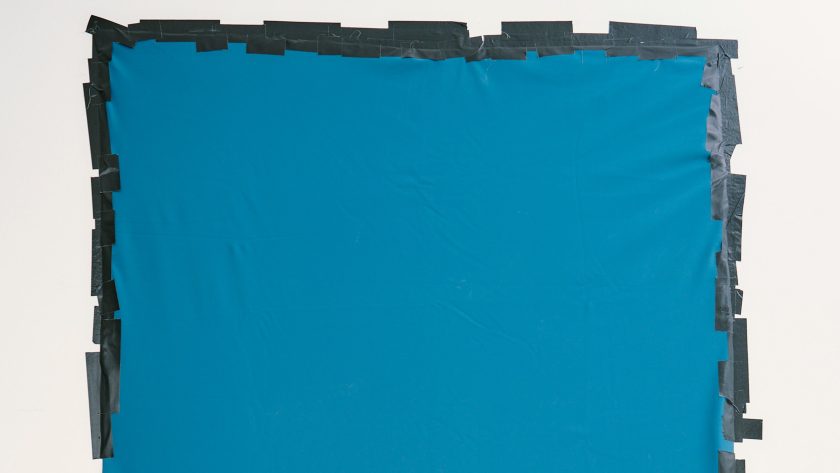The short, streamlined shapes of the 1960s are trending in Milan this season. There have been countless Youthquake revivals over the years, and each time the era comes back around it loses a little more if its graphic punch, to say nothing of its original connotations. So let’s give a shout-out to Lucinda Chambers and Molly Molloy of Colville, who have absolutely no interest in revisiting the distant past. Like other women designers with original points of view, Chambers and Molloy are much more self-directed; they design what they want to wear. In turn, they’re building a loyal client base, with 70% returning customers, they reported at a showing of their spring collection.
Discussing their new designs, they foregrounded those returning customers, explaining that the endless cycle of newness the fashion calendar demands is counterproductive. Clients come back because they appreciate the flattering, elegant way a dress drapes asymmetrically across the torso, or because they fell in love with Colville’s arty floral prints. Rather than press ahead with a system that doesn’t work for them, Rather than press ahead with a system that doesn’t work for them, Chambers and Molloy opted to recut popular dresses. If there’s consistency here, it’s never boring, not with their sense of proportion and mutual flair for color.
They presented the collection against plywood panels painted in bold color-blocks, not unlike the patterns found on their clothes. The McCardell dress, named for the pioneering American designer Claire McCardell and featuring a generous bodice between a drawstring ribbon neckline and waist, exuded the pulled-together ease she was known for. A floral print number in slinky jersey was designed with a built-in ruched capelet, giving it a distinct look. Also very appealing: a new silhouette with the voluminous shape of a caftan, shown in both a chartreuse green with a black band around the skirt, and in a yellow-on-black oversize scratch flower. A collab with Diadora yielded some of the most whimsical sneakers you’ll see anywhere.
Chambers and Molloy are looking for investment. They have no dreams of becoming a billion dollar brand—they’re hands-on designers and like to work at the human scale—but they would like to amp up the business. “We know what we do is niche,” Chambers said. “But it’s been five years and we’ve built up this really engaged customer. We just want to grow it really sustainably and really solidly, and make clothes that women want to buy.”



